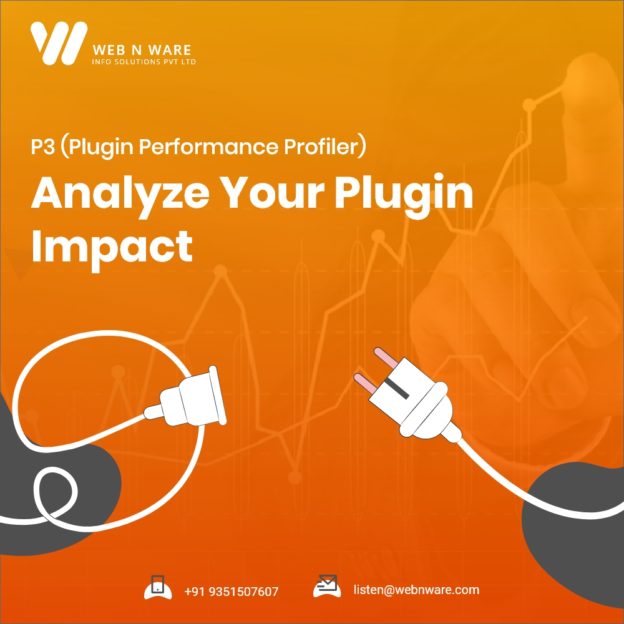P3 (Plugin Performance Profiler) – Analyze Your Plugin Impact
Are you aware that one of the reasons why your site could slow down is because of poorly configured plugins? Well, WordPress has provided a solution for such a problem – yet another plugin! It’s called the plugin performance profiler or P3, which helps you analyze the performance of every other plugin you’re using.
The main purpose of P3 is to figure out which plugin has the maximum impact on the functioning of your website. Some plugins may be light and smooth while others could be trouble makers. Scanning the plugins with P3 (plugin performance profiler)will help you understand which plugins are safe to keep and which ones need to be replaced by a better alternative or removed.
How to Use P3 (Plugin Performance Profiler)?
This plugin is very easy to use. From installation to collecting data from the plugin, here’s how you use P3 in 10 simple steps:
Step 1
Install and activate the plugin from the WordPress plugin directory.
Step 2
From the WordPress dashboard, go to Tools and click on P3 Plugin Profiler.
Step 3
Click on “Start Scan”.
Step 4
Click on “Auto Scan”.
Step 5
Once the scanning is complete, click on “View Results”.
Step 6
Checkout the summary that displays the total number of plugins currently active on your site, the average plugin load time, average plugin impact and MySQL queries per visit. The pie chart below specifies which plugin has the maximum impact.
Step 7
Go to the “Detailed Breakdown” tab to get a bar graph of plugin load time for each plugin.
Step 8
Go to the “Detailed Timeline” tab for a more specific line chart on the load time of each plugin for every moment.
Step 9
Go to the “Advanced Metrics” tab to check the table that mentions the average load time for the site, plugins, profile, theme and core load time along with number of visits, memory usage, MySQL queries, PHP ticks and margin of error.
Step 10
Click on the link “Email these results” to get the data offline or to other concerned team members.
In case you have multiple sites under one account, you’ll be getting the plugin for each and every site. In other words, the plugin works independently for every site you own.
What to Do When Your Site Goes Down Due to P3?
This might be a rare situation where P3 becomes the trouble-making plugin instead of helping you analyze one. In that case, here’s what you should do:
- Take a backup of your site.
- Go to yoursite.com/wordpress/index.php?P3_SHUTOFF=1 for the emergency shutoff switch.
- If the above doesn’t work, you need to delete the plugin files from your site. Delete the entire folder of the P3 plugin or wp-content/mu-plugins/p3-profiler.php if it’s there.
- Once you’re done, check on how many plugins you actually have and the theme you’re using. Deactivate the plugins you find useless and choose a simpler theme for your site.
Activating P3 after implementing the above step may not cause the same trouble again. Your site has a limit to which it can handle complex themes and multiple plugins. The key to a smooth and well-functioning site is keeping its database as light as possible. Too many plugins and complex themes can use up the memory. Using P3 helps you analyze such trouble makers.
Also Read:-




0 Comments